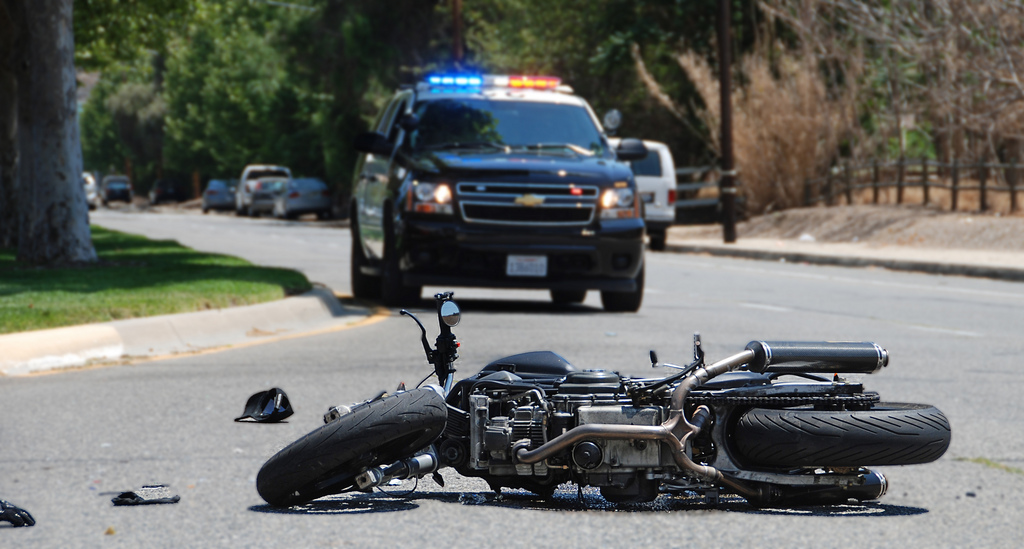Motorcycles are involved in just under 4% of all vehicle accidents but account for nearly 15% of fatalities. More than 95% of riders involved in a crash sustain an injury of some kind, with roughly half of these severe injuries. There’s no mystery in this. Cars envelop passengers in a protective barrier. Motorcycles don’t.
Florida’s motorcycle crash and fatality counts, unfortunately, have consistently ranked first or second in the nation in recent years, with 450 -550 motorcycle fatalities from around 10,000 accidents annually. Some of this appalling “leadership” is accounted for by Florida’s year-round motorcycle-friendly weather and of course Florida is the third most populous state.
Injured motorcyclists in Florida face an exception in the state’s “no-fault” insurance law, which mandates Personal Injury Protection (PIP) coverage for operators of vehicles with four or more wheels. Insurance companies must pay injured car drivers up to $10,000 to cover medical expenses as long as a claim is filed with 14 days of an accident. PIP coverage is not provided to motorcycle riders. However, in a multi-vehicle collision, an injured motorcyclist can seek damages for pain and suffering from the other driver(s) without having to show his or her injuries are permanent, as car accident victims must.
About 75% of motorcycle accidents do, in fact, involve collisions with another vehicle. In these scenarios, settlement of personal injury claims generally includes the types of evidence and arguments like those put forth for car crashes. Motorcycles do have specific capabilities and characteristics with unique implications for assigning fault, such as “lane splitting,” or riding between lanes of cars. The University of South Florida’s Center for Urban Transportation Research found, though, that 60 percent of the time drivers of the other vehicles are at fault when they collide with motorcycles.
Single-vehicle motorcycle accidents, about 25% of the total, are found by researchers to be the result of operator error in 65% of cases. Where the operator is clearly at fault, he or she has little prospect of recovering damages, but a passenger on the bike may press claims against the operator. Behaviors such as excessive speed or texting – yes, some motorcyclists do this –signal operator negligence. In the 35% of single-vehicle motorcycle accidents where the operator is not solely at fault, liability may be argued for negligence in road surface maintenance, signage, lighting, or other conditions, including conditions that would not be likely to cause a car to crash.
The PIP exception for motorcyclists means that it’s even more urgent for them to secure legal counsel and press personal injury claims after an accident. If you or someone you know is injured or killed in a motorcycle crash, contact a motorcycle accident attorney as soon as possible to recover damages.




